INDIAN ARMED FORCES CHIEFS ON OUR RELENTLESS AND FOCUSED PUBLISHING EFFORTS
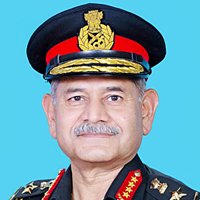
The insightful articles, inspiring narrations and analytical perspectives presented by the Editorial Team, establish an alluring connect with the reader. My compliments and best wishes to SP Guide Publications.
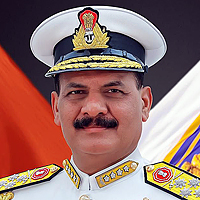
"Over the past 60 years, the growth of SP Guide Publications has mirrored the rising stature of Indian Navy. Its well-researched and informative magazines on Defence and Aerospace sector have served to shape an educated opinion of our military personnel, policy makers and the public alike. I wish SP's Publication team continued success, fair winds and following seas in all future endeavour!"

Since, its inception in 1964, SP Guide Publications has consistently demonstrated commitment to high-quality journalism in the aerospace and defence sectors, earning a well-deserved reputation as Asia's largest media house in this domain. I wish SP Guide Publications continued success in its pursuit of excellence.
- Prime Minister Modi Visits Punjab’s Adampur Air Base, Interacts with Airmen after Successful ‘Operation Sindoor’; Stern Message to Pakistan
- The layered Air Defence systems that worked superbly, the key element of Operation Sindoor
- Operation Sindoor | Day 2 DGMOs Briefing
- Operation Sindoor: India strikes back with Precision and Purpose
- Operation Sindoor: Resolute yet Restrained
- India’s Operation Sindoor Sends a Clear Message to Terror and the World – ‘ZERO TOLERANCE’
- Japan and India set forth a defence cooperation consultancy framework, talks on tank and jet engines
- Terrorist Attack in Pahalgam in Kashmir: Unfolding a long surgical war against PAK
- Lt General Pratik Sharma takes over Command of Indian Army's Northern Command
India-US strategic defence relations now must translate into the co-development of advanced military platforms
The visit of Foreign Minister S. Jaishankar to the US, and Defence Minister Rajnath Singh's talks with his counterpart, Pete Hegseth, led to the potential 10-year roadmap, which will perhaps break the deadlock, leading to a transformative step for “defence production and self-reliance”. With the potential joint ventures spanning engines, drones, armoured vehicles, and missiles, Delhi is trying to build a roadmap. As observed in the US-India Defence Roadmap, such a level of talks now must translate into co-production and technology transfer.
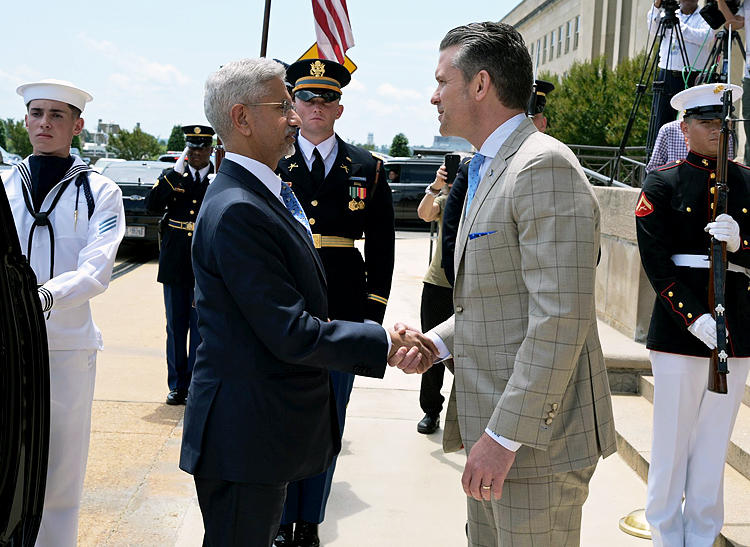
Indian Foreign Minister Jaishankar's meetings with Director of National Intelligence Tulsi Gabbard and FBI Director Kash Patel on Wednesday brought a much-needed momentum in Indo-US alignment.
Beyond ceremonial photo-ops, these interactions signal a deepening of cooperation in intelligence, counter-terrorism, cybersecurity, and organised crime. With Gabbard, the substantial focus was in addressing crucial issues: defence-industrial supply chains, maritime domain awareness, intelligence-sharing, and interoperability across multiple security domains.
Negotiations are underway for the "US India Major Defence Partnership in the 21st Century," expected to span 2025–2035, as announced by Prime Minister Modi and President Trump
At the same time, it got a further boost when Defence Minister Rajnath Singh and his American counterpart Pete Hegseth agreed to firm up a 10-year framework to further expand defence and strategic ties between India and the US.
Bolstering Defence & Security-The 10-Year Defence Framework
The intelligence and FBI meet-ups push for proactive global collaboration against terrorism, organised crime, and cyber threats. Jaishankar's praise— "appreciate our strong cooperation in countering organised crime, drug trafficking and terrorism"—drives home the scale of the partnership.
For the Indian defence establishment, this is a generational shift, positioning India not as a passive buyer but as a co-developer and producer in critical defence ecosystems
At the same time, negotiations are underway for the "US India Major Defence Partnership in the 21st Century," expected to span 2025–2035, as announced by Prime Minister Modi and President Trump. The defence cooperation was further boosted by the talk between Defence Minister Rajnath Singh and his counterpart, Pete Hegseth. The talk paved the way for a 10-year framework to expand on various military propositions. The decision on the defence framework was mentioned in a Pentagon statement released on July 3, a day after Rajnath Singh and US Defence Secretary Hegseth held the phone conversation.
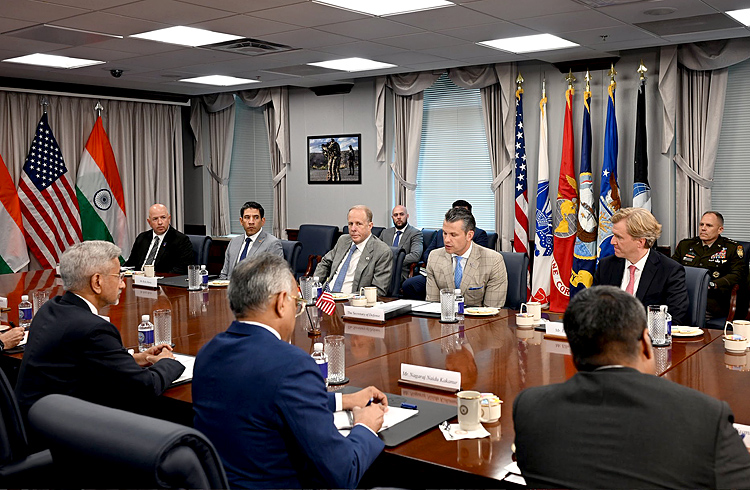
During his phone conversation, Rajnath Singh also raised the early delivery of the GE F404 engine with Hegseth. Singh urged Hegseth to expedite the delivery of GE F404 engines to power the Tejas Light Combat Aircraft. The delays in the supply of F404 engines by GE Aerospace have resulted in HAL missing the deadline to supply Tejas MK1A to the IAF. According to the reports, Singh also pitched for early finalisation of a proposed deal between Hindustan Aeronautics Ltd (HAL) and US defence major GE Aerospace for joint production of F414 jet engines in India.
The framework will simplify arms procurement and overhaul ITAR constraints and cement Reciprocal Defence Procurement (RDP) agreements.
In terms of near-military industrial collaboration, it aims to promote the co-production of key systems: Javelin missiles, Stryker vehicles, and P-8I patrol aircraft.
The 10-year roadmap will perhaps break the deadlock, leading to a transformative step for "defence production and self-reliance"
In a broader context, India is also looking at advanced US platforms, fighters, undersea systems, drone technologies, and missile defence.
However, for the Indian defence establishment, this is a generational shift, positioning India not as a passive buyer but as a co-developer and producer in critical defence ecosystems. That has to be clearly practised fundamentally in all acquisitions.
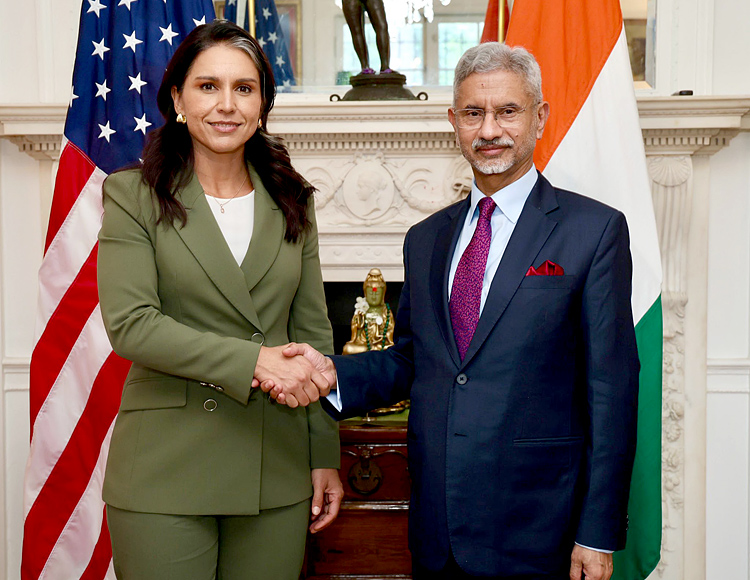
Economic Payoffs & Defence Production
Despite many acquisitions in the past, which involved some of the most advanced platforms for India, including the jet engine for Indian fighter, there has been no visible co-development or significant technology transfer with the US defence manufacturers.
The 10-year roadmap will perhaps break the deadlock, leading to a transformative step for "defence production and self-reliance". With joint ventures spanning engines, drones, armoured vehicles, and missiles, Delhi is trying to put forth -- Atmanirbhar (self-reliance) is no longer just a rhetoric, it's a roadmap. As observed in the US-India Defence Roadmap, such a level of talks now must translate into co-production and technology transfer.
Looking further at the strategic alignment, this intensified partnership sits within a broader Indo-Pacific realignment. With China's rapid military modernisation raising alarm, India seeks resilient, interoperable alliances. The QUAD, strengthened maritime surveillance, drone systems, sonobuoy production, and intelligence collaboration all point to a converging regional security architecture.
Manish Kumar Jha is a Consulting & Contributing Editor for SP's Aviation, SP's Land Forces and SP's Naval Forces and a security expert. He writes on national security, military technology, strategic affairs & policies.





